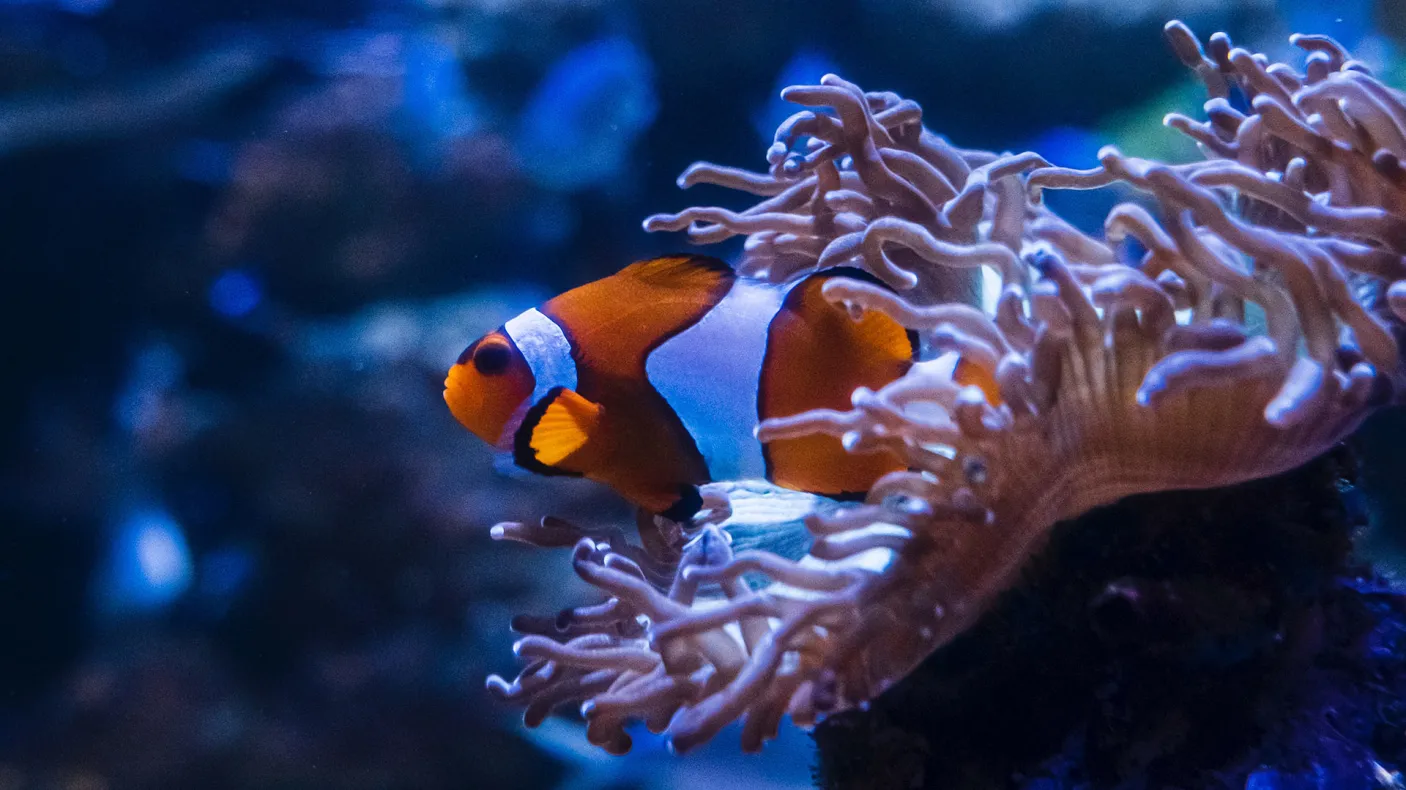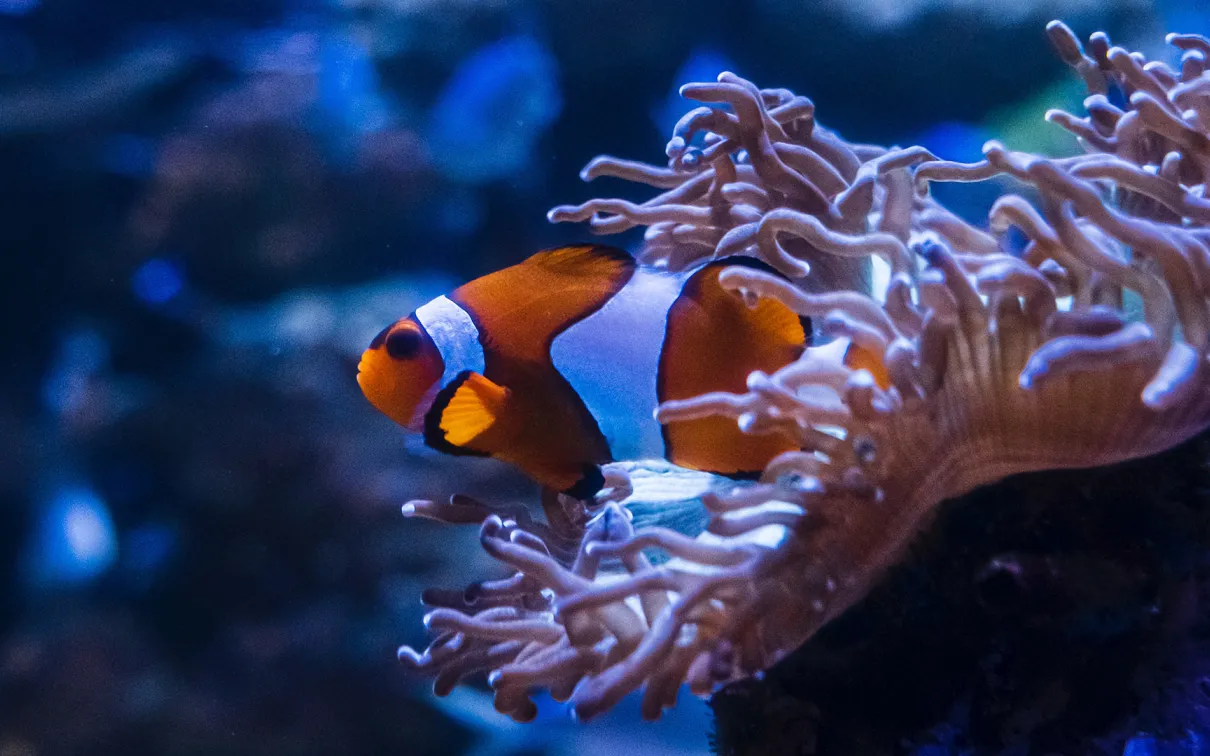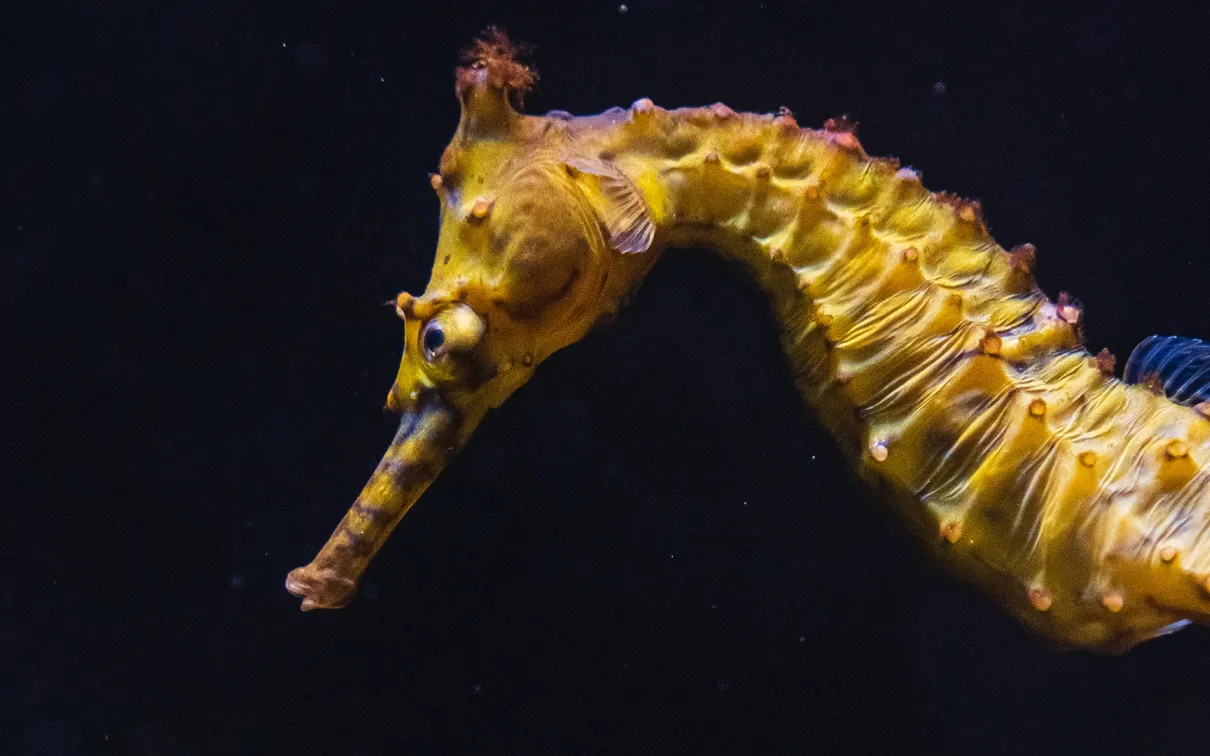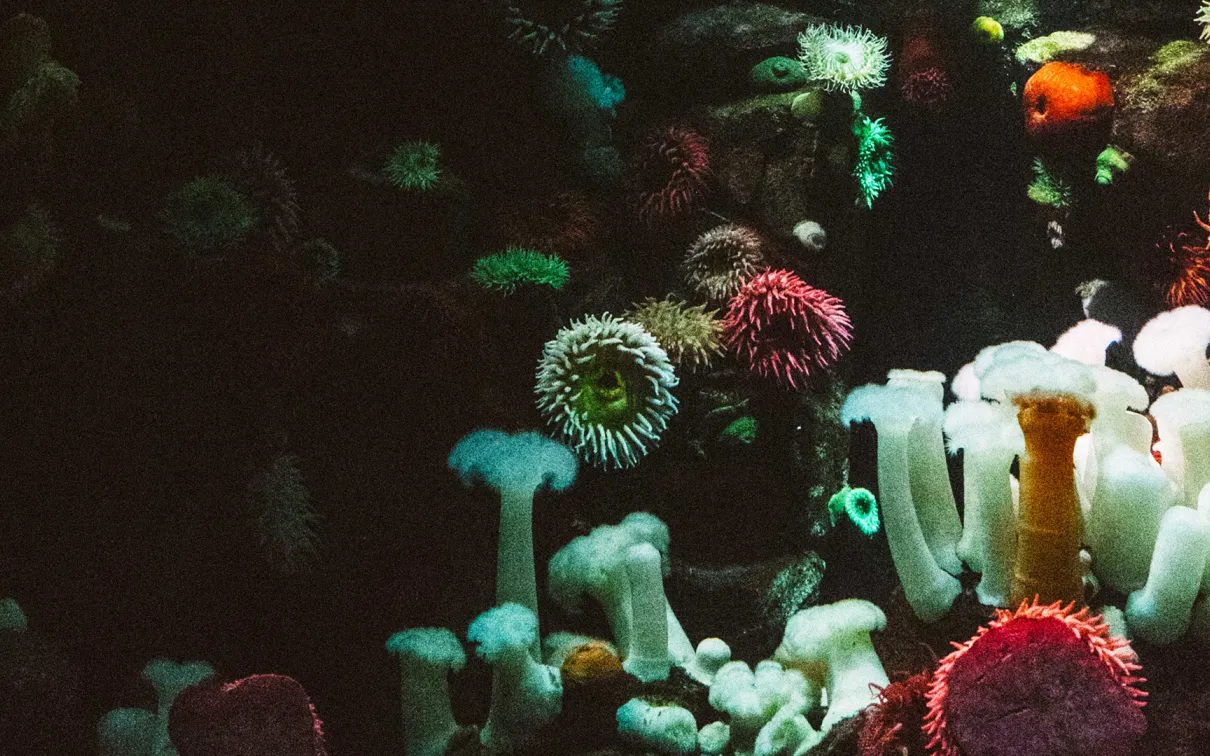Think Nature Isn’t Queer? Go Fish.
How fishes disrupt our heteronormative understanding of gender and sexuality.
Published
Categories
Author
From coral reefs bustling with clownfish
From coral reefs bustling with clownfish to deep sea groupers haunting shipwrecks, life under the water disrupts traditional, human-centred notions of gender and sexuality. By studying fishes, we know that queerness—a term used to encompass the diverse members of the 2SLGBTQIA+ community—isn’t just a human thing. It’s a natural response to evolution, environment, and individual development.
Gender-bending fishes
While Pixar's Finding Nemo accurately depicts male clownfish as the main caregivers of young, it missed the opportunity to show the interesting biology and social behaviours of clownfishes. Clownfishes live in a hierarchy with female clownfish at the top, along with a smaller male and juvenile clownfish on the bottom. Once a female clownfish dies, the male starts to court the smaller clownfish and begins his transformation into a female, growing in size and rank amidst the others. The largest of the juvenile clownfish takes the male’s place and becomes the new mate for the newly formed female.
Bluehead wrasse, another reef fish, have a reverse hierarchical system: schools are led by a male hierarchy. No males? No problem. In absence of a male, females begin to exhibit male wrasse behaviours, from increased aggression to courting other females. Their bodies begin to transform and, once finished, have fully-functioning male reproductive organs.
More interesting still, some species of gobies—tiny reef fishes—can switch back and forth from female to male, and back again. Other species, like the Mangrove rivulus, are capable of self-fertilization as they can host both male and female reproductive systems.
Male pregnancies, all-female communities, and other queer behaviours
Male pregnancies, all-female communities, and other queer behaviours
If fishes are mascots of the queer community, male seahorses and pipefishes are mascots for stay-at-home dads. Having specialized brood pouches, males are responsible for incubating and nourishing their developing embryos post-fertilization.
Atlantic mollies, a tropical freshwater fish, encourage homosexual behaviour. In fact, males found courting other males were shown to have improved chances of mating with a female. Another species of Mollies have done away with males altogether, and fertilize their eggs with closely related species. This is also displayed occasionally in native Ontario fishes, including finescale and northern redbelly dace.
Queerness is natural. And nature is queer
They say reefs are the rainbows of the ocean. Observing fishes, we begin to see the truly colourful ways in which species have evolved to mate, raise young, and live together in diverse societies. Learning from these species, we can deconstruct our views on gender and sexuality.
Species evolve to respond instinctively to the environment. Queerness is one of those instincts. And fighting instincts threatens survival.






